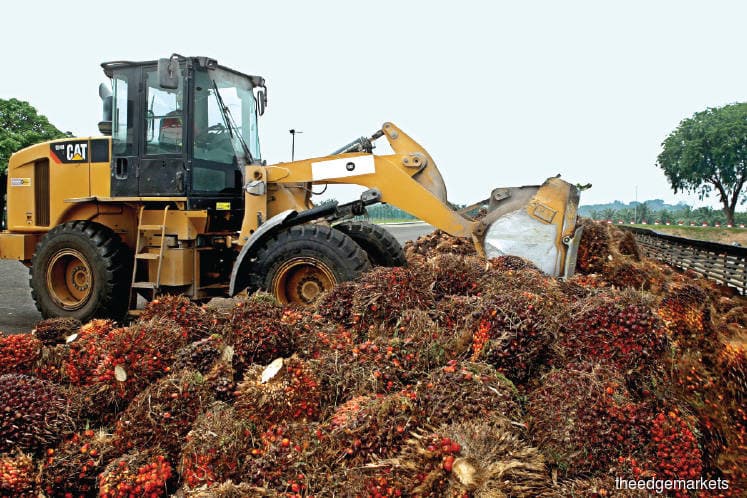
This article first appeared in The Edge Financial Daily on March 29, 2019
Plantation sector
(March 28)
Maintain neutral on respective sectors: The European Commission’s (EC) draft regulation suggests to cap the usage of palm oil-based biofuels at 2019 levels until 2023 and, subsequently, reduce the usage to zero by 2030. Based on the draft legislation, France will be the first country within the eurozone to phase out palm oil biofuel in 2020. This indicates that Indonesia and Malaysia, the two top palm oil-producing countries, will gradually lose its grips on the European Union (EU) market. Notably, the EC is allowing a number of exceptions. Producers who could show that they had intensified yields may be exempted as it could be argued that the crops cover demand for biofuel without needing expansion onto non-agricultural land. The exemption would indicate that there is a possibility that Europe could also keep to using the same amount of palm oil in diesel as it does at present. This would suggest that EU’s interest in palm oil is still holding up in order to keep up with the rise of biodiesel usage due to its pricing advantage as compared to other competing vegetable oils.
In 2018, the EU market was the second largest export destination of Malaysian palm oil which constitutes 11.6% of total export. The demand is similar to that of China. However, in recent years China has been importing more soybean, displacing themselves to the third position. More than half of the palm oil in EU was used for biofuel while the remainder was used for food, feed and industry as well as heating and electricity. Globally, the EU is the third largest consumer of palm oil, accounting for approximately 11% of total global palm oil consumed. This is after Indonesia (16%) and India (13%). However, we view that the consumption pattern could change should: i) EU implement the ban, ii) Indonesia implements more aggressive biodiesel mandate, and iii) higher export to Africa and the Middle East.
Tapering demand from the EU will likely have negative repercussion on palm oil price. However, this could potentially lead to higher demand outside of EU as export of palm oil production will be directed to other potential destination. In addition, lower palm oil price will make the commodity more attractive as compared with other vegetable oils. However, we view that industry players who advocate sustainable production practices could be at the losing end as other export destination may place a lower importance on buying Certified Sustainable Palm Oil (CSPO).
The EC concluded that palm oil cultivation is the main cause of deforestation. However, according to studies done, oil palm uses the least (around 7%) of harvested area to produce the most oils and fats (around 32%) in the world due to its high-yielding properties. To put it in perspective, oil palm needs nine times less land as compared to its closest substitute, such as soybean, to produce the same quantity of oil. Moreover, cattle farming activity is the main cause of forest and land deforestation. Generally speaking, livestock occupies approximately 83% of the total land used for agriculture as opposed to oil palm which is only about 0.3%.
Given that the ban is still at proposal level, Indonesia and Malaysia would have some time to take proactive and/or offensive countermeasure. Indonesia has threatened to launch a challenge at the World Trade Organisation (WTO) against the EU and also encouraged companies and industry associations to combat through legal means. Meanwhile, Malaysia is looking at restricting imports of French products over French plan to remove palm oil from biofuel in 2020. This could include sourcing of fighter jet imports from China rather than EU.
To counter the risk of declining demand from Europe, Primary Industry Minister Teresa Kok has taken initial steps to further deepen its reach in Middle East and Africa. She also acknowledged the need to quickly capture these markets, considering other competing oil products like rapeseed oil have also made entry in several of the countries eyed by Malaysia to compensate the possible loss of demand in Europe. In 2018, export of palm oil to Middle East and Africa regions amounted to 1.7 million and 2.8 million tonnes respectively. This constitutes 10.4% and 16.7% of total palm oil export. — MIDF Research, March 28